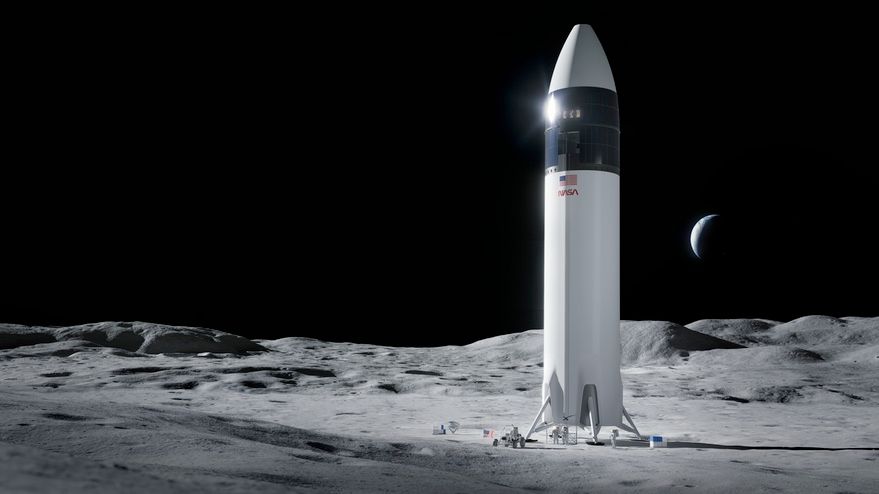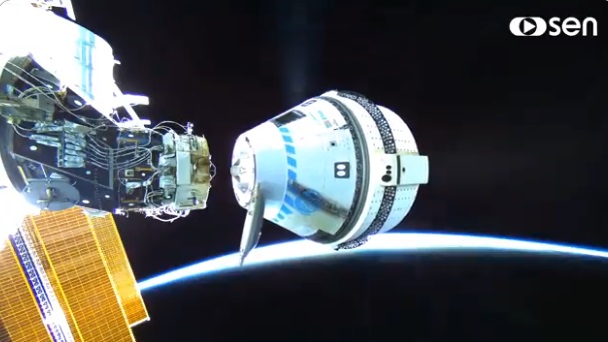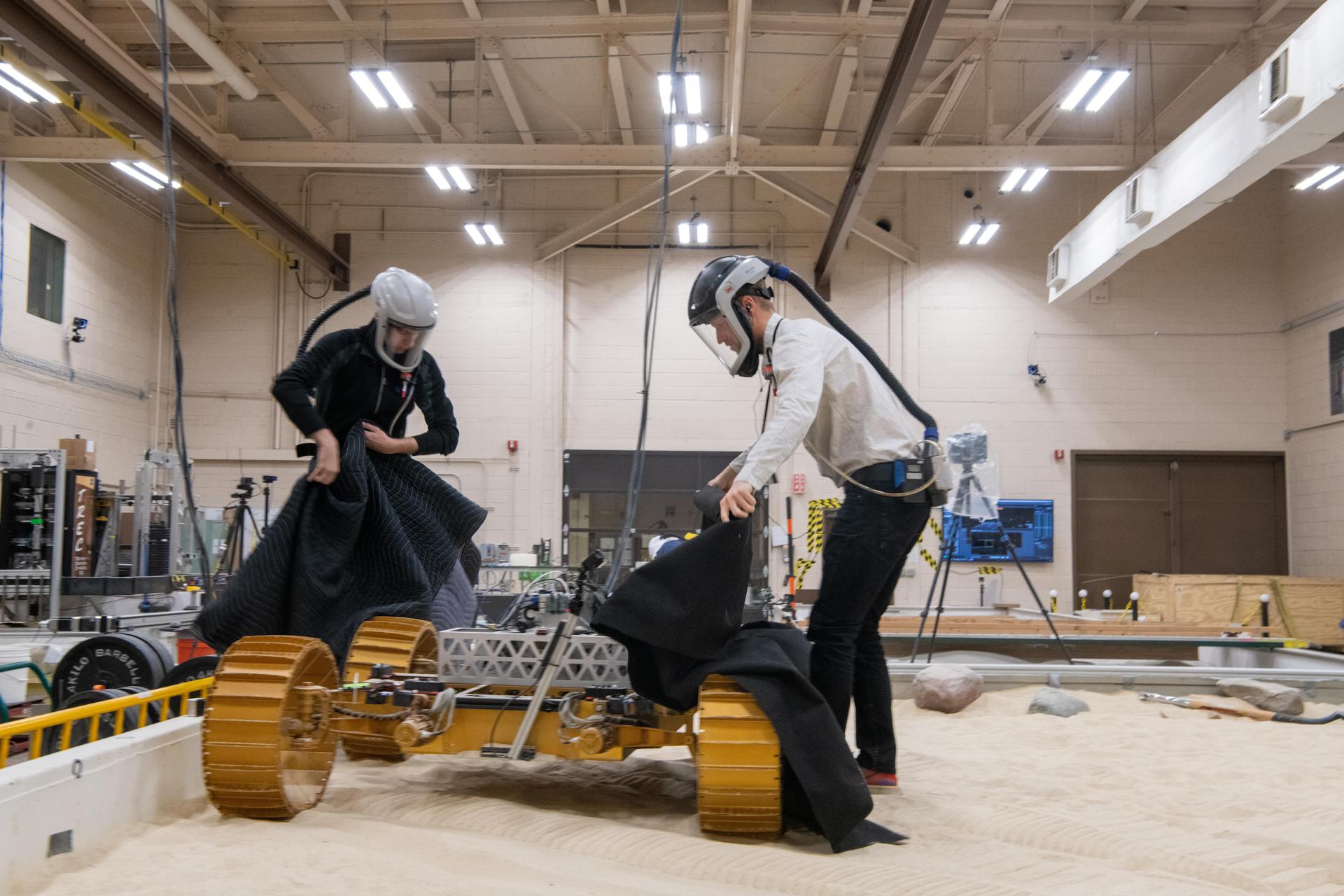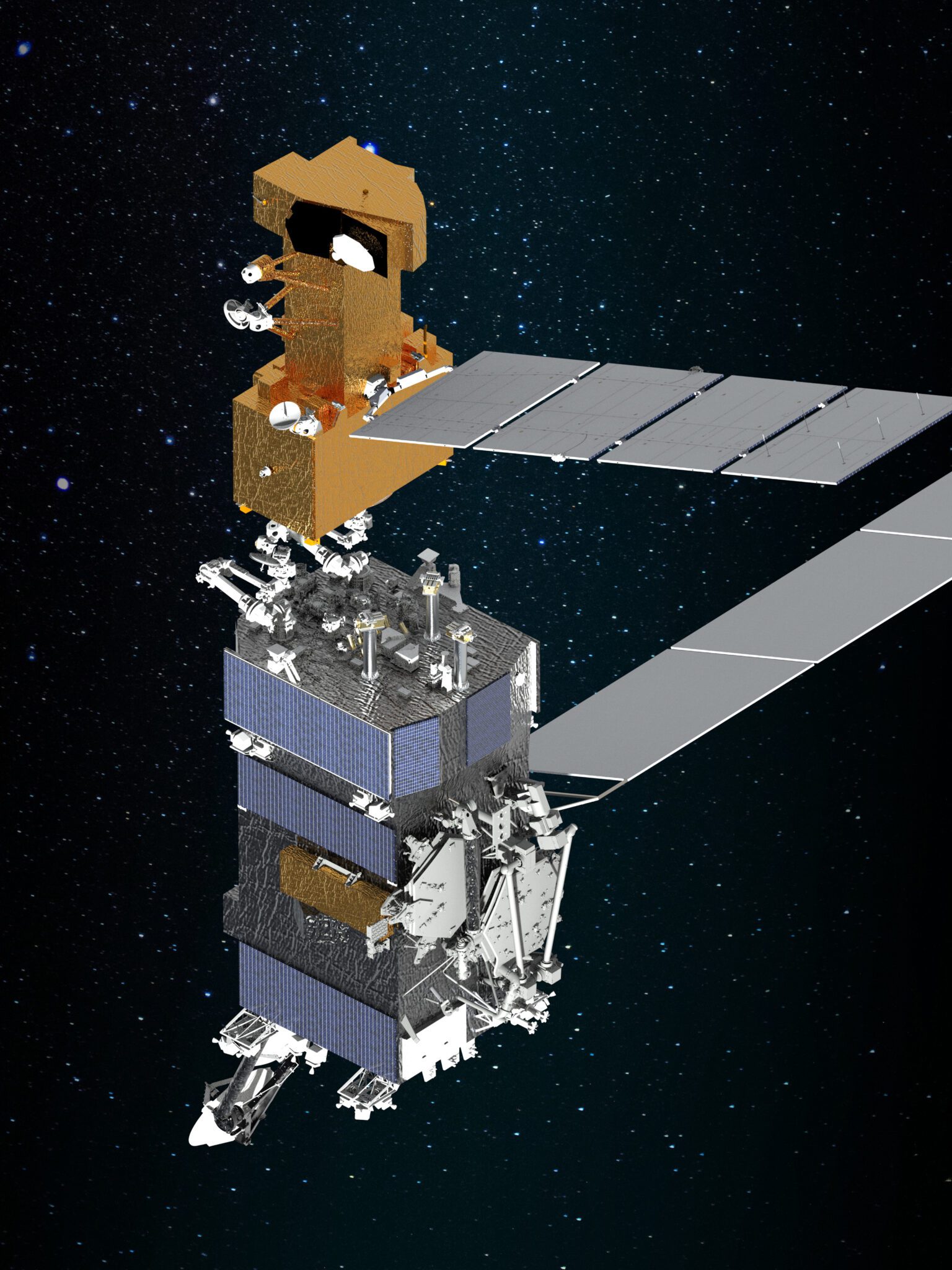Below are my expanded notes from my Thursday 20 March interview with Altair project office deputy manager, Clint Dorris. I haven’t included everything. There were a couple of facts that came up that warrant further investigation for stories on flightglobal.com
NASA received more than 30 proposals for the lander study. Industry should provide their own concepts. We’re onto next design cycle, LDAC-2 for safety features. The minimum functionality lander [already arrived at] may not have global capability.
Altair project is embracing the [Ares V cargo launch vehicle] 10m shroud for the lander, the primary impact being on structures, we can widen and squat the descent module. Doesn’t change subsystems but gets the deck closer to the surface.Biggest challenge is getting the payload to the moon. We are justifying every functionality and system we add so we do not have to strip down the design later and then buy back functions.
We think it could drive a different safety paradigm, where you don’t assume that two tolerance means its safe.
The Lunar Architecture Team’s (LAT) work will impact LDAC-2.
Our design can be indifferent to that [what cargo demands LAT needs]. If we are maximising that capability then we are giving them everything we can with the lander configuration that meets three missions, sortie, outpost and cargo.
The cargo lander has 14,000kg capability to the surface right now, so the regolith mover or the habitats have to fit that 14,000kg.
The [contract winning] companies have been given a one page lander requirements document. It is what the Altair project office team had at the beginning.
Industry is out of phase by one cycle but they are going to evaluate LDAC-1 and propose changes while project office is working on LDAC-2, which is to add safety features to the lander.
We want a scalable, point of departure design to be the outcome of LDAC-2 and industry input.
Dorris didn’t recall the JSC/MSFC Phase b cost estimate. The project office asked JSC and MSFC engineering for pre-Phase A, Phase A and Phase B work estimates, along then lines of how NASA has always done business.
The lander is exclusively a US responsibility but there has been interest from European companies.
We have looked at a drop stage. So have some of our industrial partners. [Boeing has and one of its designs is the embedded image in this posting.]
“Concept I’ve seen more frequently [from industry] is it [the drop tank] would perform [Lunar orbit insertion] burn and then it would drop off. It’s not complete ruled out.”
But when you get to a detailed design they tend to see the drop tank dropped.
Although the study announcement asked how would companies perform the work, during some conversations with industry some wanted to bring drop tank to the table.
Apollo Sages – it has been fantastic. I would like an independent technical assessment by the government and contractor sages. We had a question and answer session with three to four Apollo astronauts. None of them were present at the design review stage.
We are addressing the LOX/LH2 boil off issue. Amount of [Earth orbit] loiter time affects whether it is a problem or not. Looking at a similar mechanism to Ares V EDS, a passive capability, it is still in the trade zone.
Landing areas and scavenging hydrogen issues are in the trade space for surface systems people.







